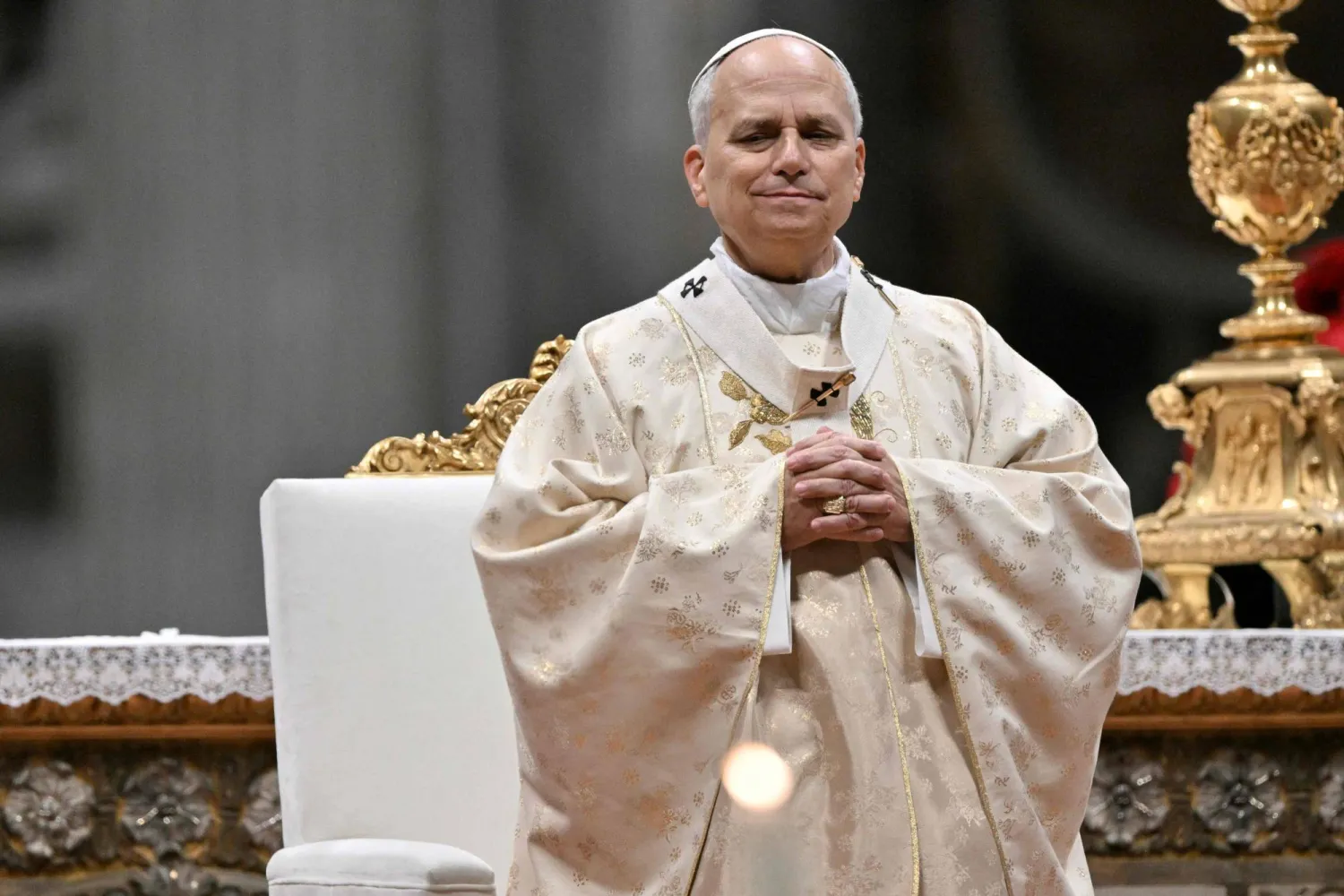Iran’s Revolutionary Guards Navy Commander revealed on Friday new information about the surveillance and detection of a US strike group, including USS Nimitz aircraft carrier.
Rear Admiral Ali Reza Tangsiri told Iranian television that the US carriers were monitored by the army’s naval forces and IRGC’s navy under the supervision of the General Staff of the Armed Forces and the leadership of Khatam al-Anbiya Central Headquarters.
He said Iran monitored the US naval forces by air and by sea, adding that the flotilla has not entered the Gulf area for the past 10 months.
“IRGC forces detected the US strike group. The Iran forces contacted them and asked them some questions,” Tangsiri said, confirming that the US forces responded to the Iranian inquiries.
“This area belongs to us. We have full control over it from the moment a vessel sets sail from a port to the moment it arrives,” the Iranian Admiral said.
“The Americans should be in the Arabian Gulf, because when they are there, this means that we completely control them,” he added.
On Wednesday, Tangsiri said that a drone of the IRGC’s Navy detected a US strike group before the flotilla cruised through the Strait of Hormuz and into the waters of the Gulf.
The detected US vessels were the USS Nimitz aircraft carrier along with its flotilla of ships, including two destroyers with identification numbers 114 and 104, battle cruisers 58 and 59, two patrol frigates with identification numbers 9 and 12, and a coast guard cutter with code 1333.
Tangsiri said the IRGC Navy will acquire drone and helicopter-carrying vessels this year.
The Iranian Army’s Navy Commander Rear Admiral Hossein Khanzadi said Iran monitors US naval forces “the moment they set sail from port.”
He added that the Iranian Navy conducts its operations, such as monitoring and controlling the movements of US vessels through full coordination with the IRGC.
He said the Americans are monitored by the Iranian Army’s Navy in the Arabian Sea. “Once they enter the Arabian Gulf, it’s the IRGC which monitors them,” he said.
The Iranian Commander revealed that the Dena destroyer, a vessel of the Jamaran-class, will be unveiled in December.
He told Press TV that a fourth Fateh submarine is being developed with air-independent propulsion (AIP), allowing the craft to remain submerged for a longer duration.









